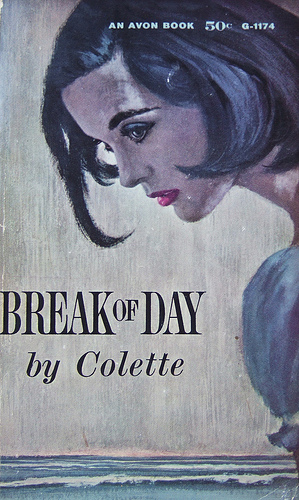To continue the Long Tail series, we have suggestions from Jim Gibbons and from Susan Larson of the New Orleans Times-Picayune. (You can read the earlier, omnibus post here. And a reminder: we asked respondents which work in translation had the deepest effect on their reading and writing.)
Jim Gibbons: The best translations bring out the poverty of our language as speak, read, and think in the grooves of habit and custom. In Hopscotch,  Gregory Rabassa imports from Julio Cortázar’s Rayuela not only the longings of its characters but an entire climate of desire, a wistful, seductive weather that I, on my first reading some twenty years ago, had never encountered, never suspected its existence. The book made me rethink my signposts of reading. Its ironies, wit, and playfulness were of a different order than these qualities expressed by writers in English; its very mood was an alien country. Too much is made of what gets lost in translation: the compensatory discoveries in a book such as Hopscotch expand the language we think we know and make it richer, stranger, and more wondrous. Not once do we feel as if we’re reading some debased approximation of a superior original.
Gregory Rabassa imports from Julio Cortázar’s Rayuela not only the longings of its characters but an entire climate of desire, a wistful, seductive weather that I, on my first reading some twenty years ago, had never encountered, never suspected its existence. The book made me rethink my signposts of reading. Its ironies, wit, and playfulness were of a different order than these qualities expressed by writers in English; its very mood was an alien country. Too much is made of what gets lost in translation: the compensatory discoveries in a book such as Hopscotch expand the language we think we know and make it richer, stranger, and more wondrous. Not once do we feel as if we’re reading some debased approximation of a superior original.
Susan Larson: I would say that the novels of Colette have been the works in translation that have most influenced me. I started with Six Short Novels, with that Glenway Westcott introduction,  in my twenties, and worked my way through all the rest. Recently I returned to Break of Day, that tale of mornings and new beginnings and difficult reckonings, interweaving fact and fiction, and found it as wise, rueful and instructive as I did some 30 years ago.
in my twenties, and worked my way through all the rest. Recently I returned to Break of Day, that tale of mornings and new beginnings and difficult reckonings, interweaving fact and fiction, and found it as wise, rueful and instructive as I did some 30 years ago.

